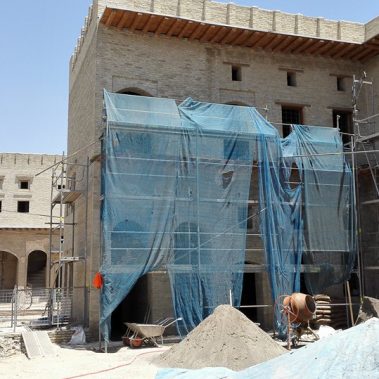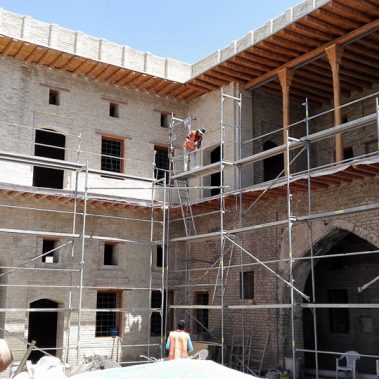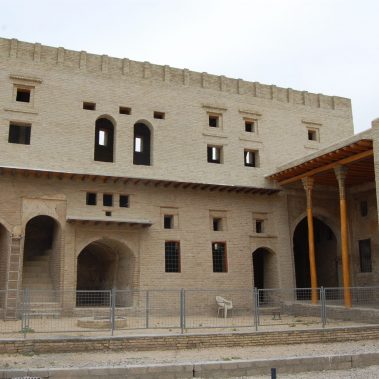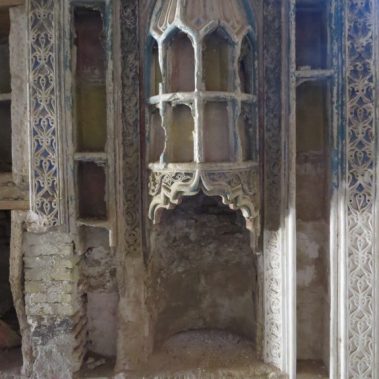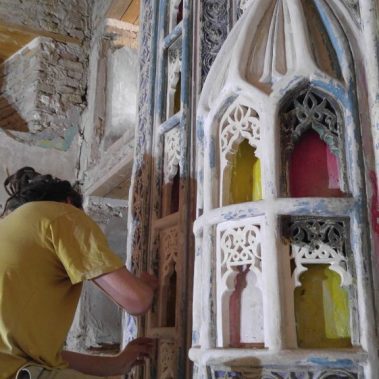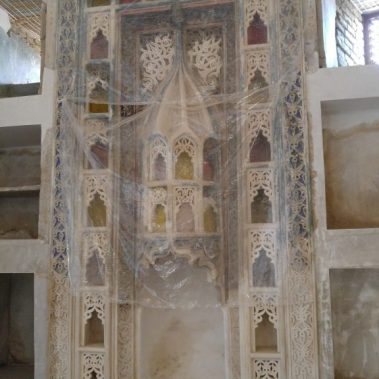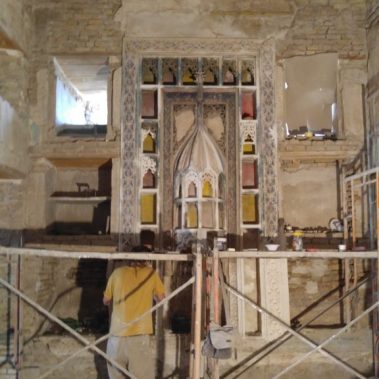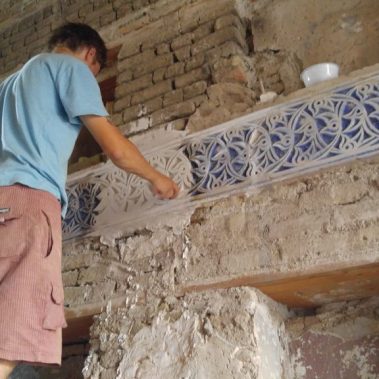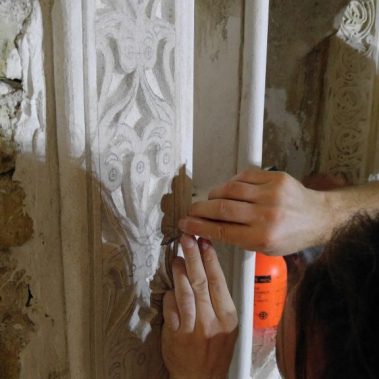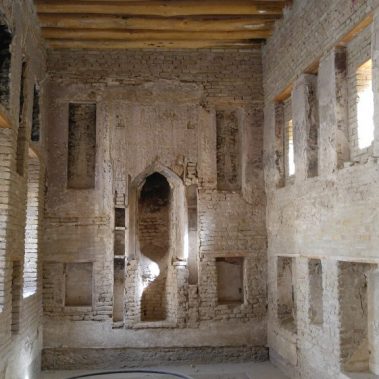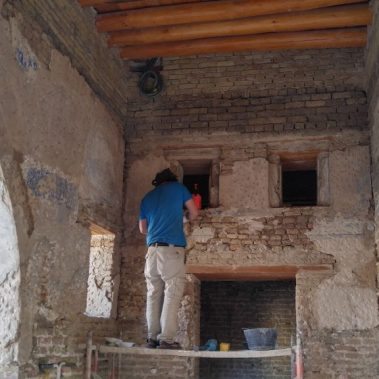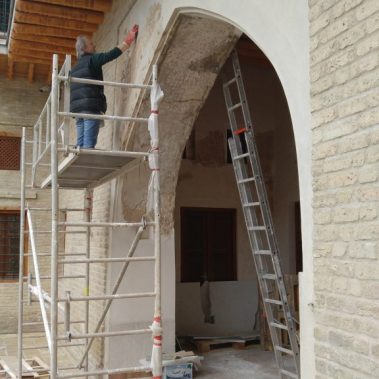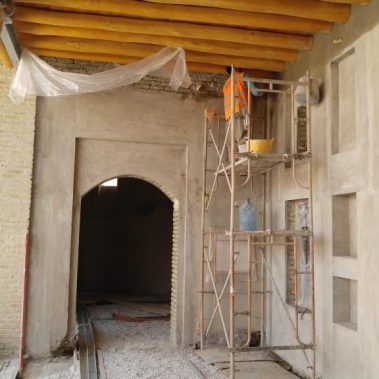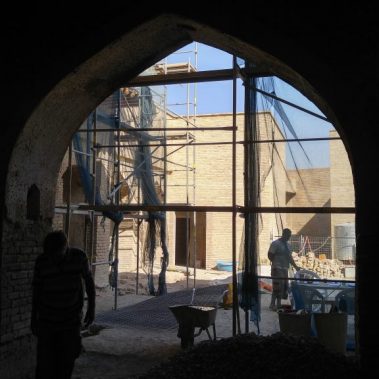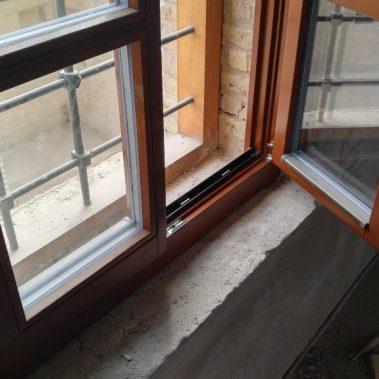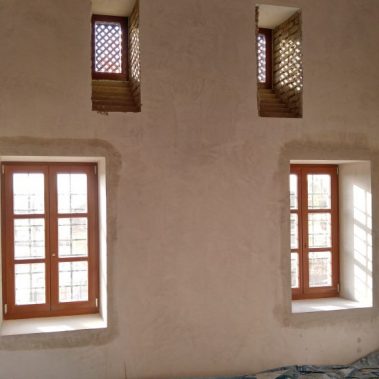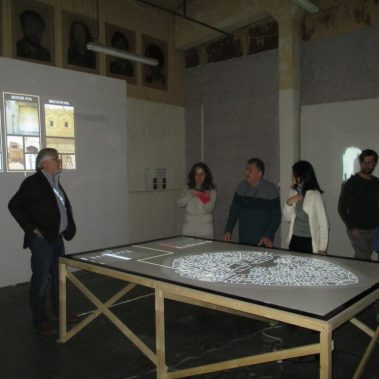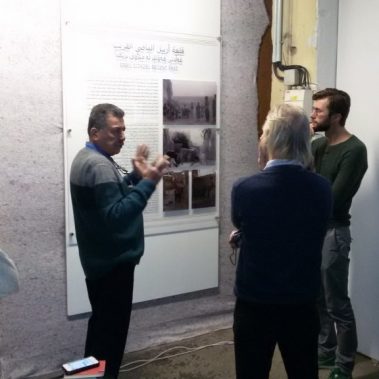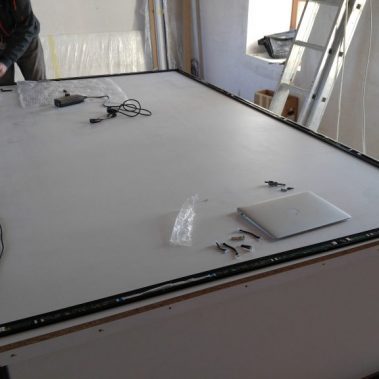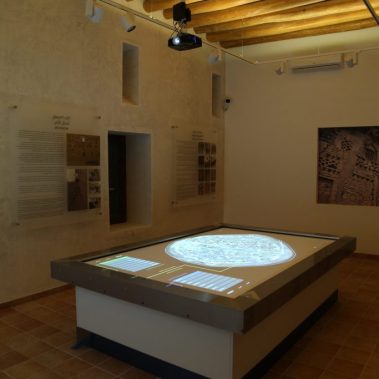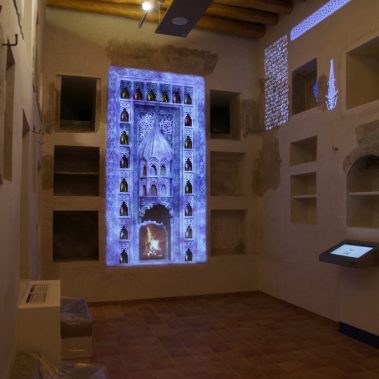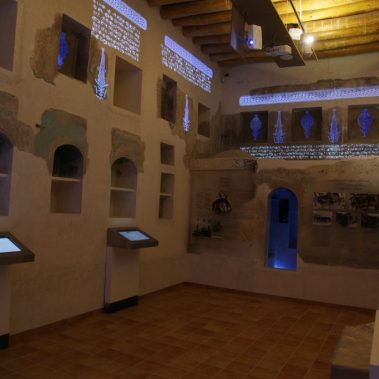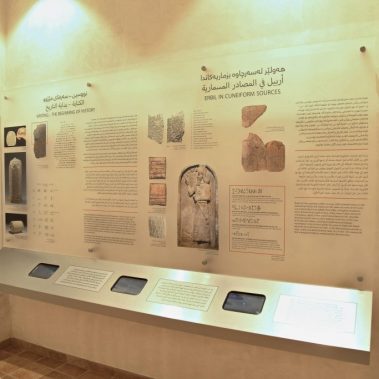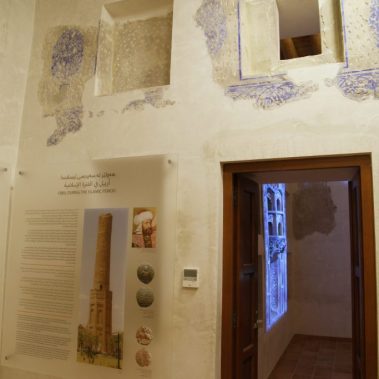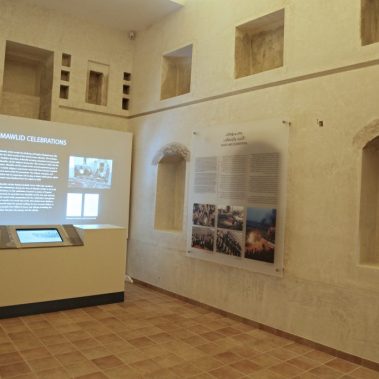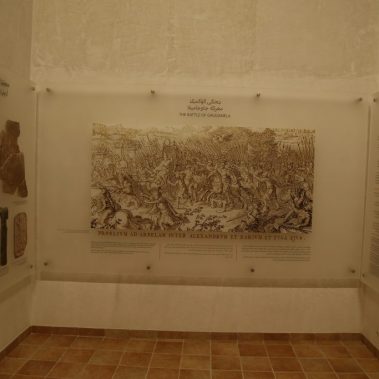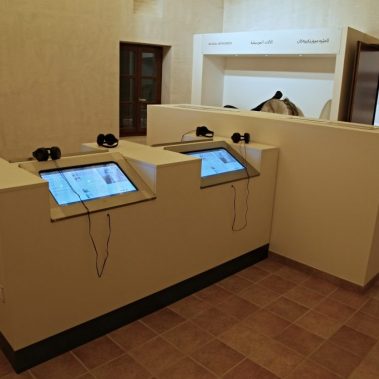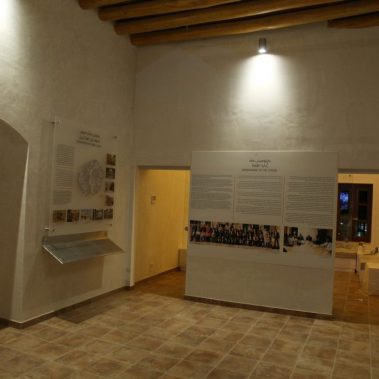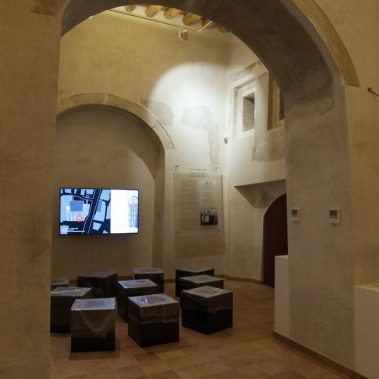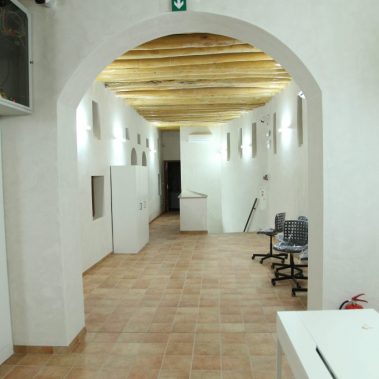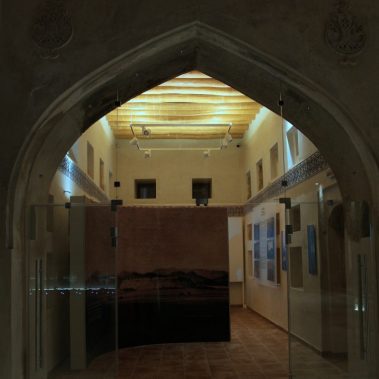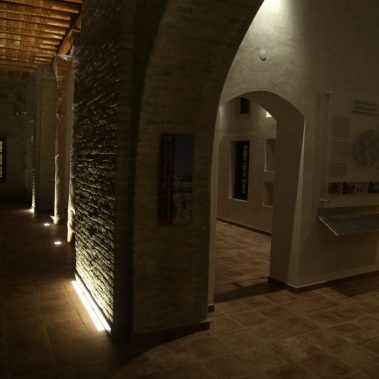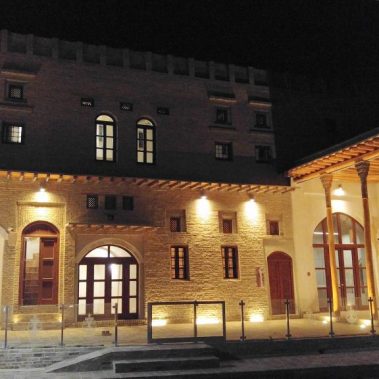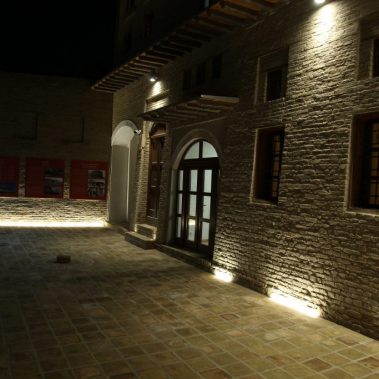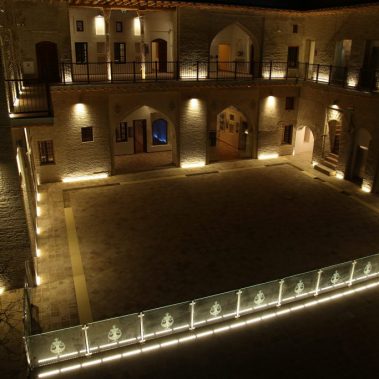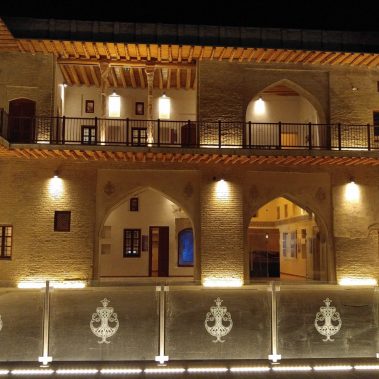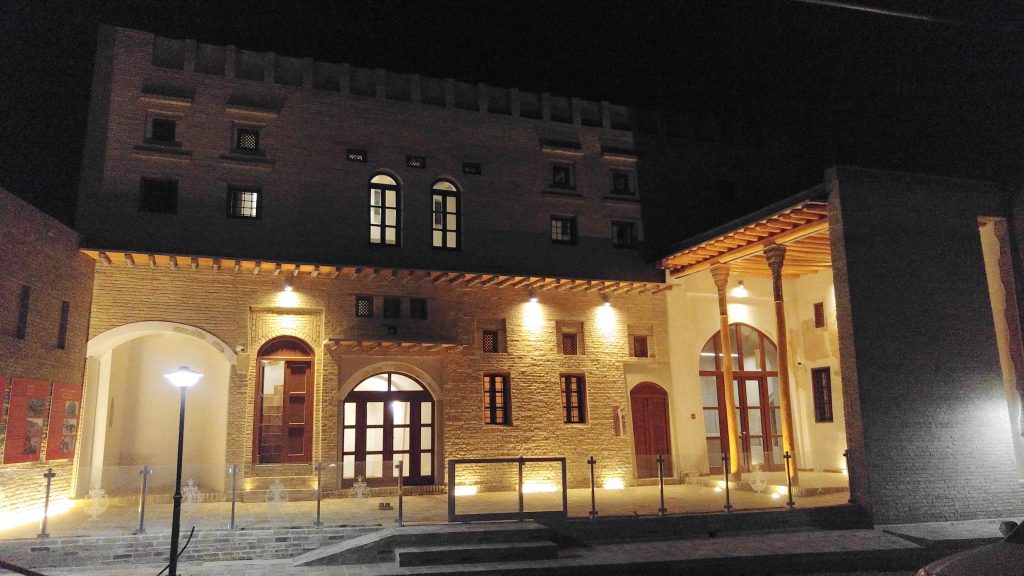
Address:
Erbil, Iraq
Client:
UNESCO Office for Iraq
Description of the work:
Specialised restoration and construction works, equipment and exhibitions displays
Realization:
05/2016–04/2017
The intention of this project was to restore the historic building and at the same time give it a new function. The historic Yaqub Agha House was transformed into the Citadel Interpretation Centre, which offers the public not only pleasant places to sit, but above all an extensive multimedia exhibition providing basic information about this important historical site.
The Erbil Citadel is an exceptional example of historic urban development. It is located on a hill (tell), which was formed by the civilization layers of different settlements. The history of the site dates back to the 5th millennium BC. The citadel of Erbil has been historically documented since the second half of the 3rd millennium BC. The site is named in historical sources as Urbilum, Arbailu, Arbela, Arbīl, Irbīl, Erbīl (Arabic: أربيل, romanized: Arbīl; Syriac: ܐܲܪܒܹܝܠ, romanized: Arbel), also called Hawler (Kurdish: هەولێر, romanized: Hewlêr).
The UNESCO project we implemented was mainly aimed at strengthening the link between the public and the history of the site. The exhibition illustrates the importance of the citadel in Erbil, its archaeology, its role in historical events, in the legends, art, feelings and ties that the citizens of Erbil still have to their citadel.
The project included, in addition to the construction and professional restoration works, the setting of all utility, electrical, HVAC and security networks and systems, the furnishing of the building with furniture and lighting, and the installation of a multimedia exhibition using the most advanced technologies.
Multimedia tools in the Visitors and Interpretation Center:
1. Interactive tools:
a. Timeline (virtual time walk)
b. Virtual keyboard (allowing you to type text that will be “translated” into cuneiform)
c. Touchscreens (search for information about families who lived on the citadel)
d. Touch screen (texts and engravings of travelers of past centuries, with headphones to listen to the text)
e. Large interactive board with projection (architecture, tradition and culture of the citadel)
f. Touchscreen display with headphones (with samples of traditional Kurdish music)
2. Audio & Light (animation of restored elements of the building fireplace, bathroom with the atmosphere of flowing water)
3. Videos (short video in visitor center and longer video in information center)
4. Presentations (information about the work carried out on the revitalization of the citadel, including archaeology)














